Key Takeaway
K-2 implementation of blended learning in a charter school that served a highly diverse student population, a large majority of which qualify for free and reduced lunch.
Core strategies included daily, weekly, and long-term student groupings, learning zones, independent work time, structured data analysis and reflection, 1:1 conferencing, and mastery-based reporting. Social-emotional learning was a core part of their approach as well.
Interesting or unique highlights to check out: student-friendly schedules and habits of success class.
Experience Overview
NOTE: As of the end of the 2018-19 school year, Roots Elementary has closed.
Roots Elementary was a non-selective public charter school in Denver, CO whose mission was to inspire all students to set audacious goals and deliver the individual coaching, academic preparation and character education needed to reach them. The school was opened in 2015 and remained in operation through the spring of 2019, initially serving approximately 100 students in grades K and 1.
At Roots, the typical walls that divide students, teachers, and different learning resources had literally been knocked down – children and adults worked flexibly together across subjects, spaces, and learning modalities. Every student had a personalized learning plan, which they designed with direction from and support of teachers. They progressed at their own pace through learning standards in core academics and also experienced enrichment through social and emotional instruction, STEAM (science, technology, engineering, arts, and mathematics) projects, and projects in a "Maker Space." Teachers worked in specialized roles and collaborated continuously with support from a central administrative team.
Learning In Action
At Roots Elementary, each student’s day was different, beginning the moment they walked in the door. Students experienced a highly personalized approach, working through individual learning plans in a non-traditional environment. This learning experience was grounded in the school's "GROW" values.

Roots grounded culture in four core values: Grit, Relationships, Ownership, Wonder.
Each student was greeted by the principal with a handshake or high-five, as well as a quick check-in on how they’re doing. Students then split time between breakfast and Habits of Success, which taught them social-emotional skills that will help them well beyond their elementary years. After Habits of Success and breakfast, the entire school gathered for announcements and shout-outs, with cheering, singing, and community-building activities.

Roots students started each day with a personal greeting from school staff
Next, students started their content instruction. Each student had an iPad that told them where they needed to be and what they would be learning. Since many of the K-1 students were pre-readers, the screen showed them pictures of their learning area, activity, and teacher. The large majority of students learned in “The Grove,” a large open space where students had independent learning time focused on a variety of activities. There were several transitions throughout the day to different activities, and students' iPads always let them know where they needed to be. In addition to independent learning time, students spent time reading, writing, “making," learning in small and large groups, and individually conferencing with teachers. When students were not assigned a specific teacher, the iPad provided them with the next program or activity they should be working on in their playlists. Students schedules and playlists were adjusted daily.
Teaching In Action
Teaching at Roots was a highly dynamic, team-based effort.
Teachers were responsible for all students’ learning, no matter the grade or content area. They specialized in academic content or "Habits of Success," and there were lead teachers as well as teaching fellows. The lead content teachers were grouped into Humanities and STEAM (STEM + Arts) areas. Habits of Success teachers promoted social-emotional learning through direct instruction, one-on-one coaching, and ensuring everything was running smoothly during students’ independent learning time.
Content teachers spent about a third of their day doing large-group instruction and two-thirds in small groups. Each group was specifically assigned based on data: long-term groups were based on benchmark data collected every 6-8 weeks and short term groups were based on more informal data (e.g., quick assessments, observations).
No two days were the same at Roots as teachers continually adapted instruction to meet students’ needs. Teachers could adjust students’ learning paths daily by providing extra support through direct instruction, or additional online support by modifying student playlists. To accomplish this, teachers were provided with two forty-minute planning blocks each day, one in the morning and one in the afternoon, to ensure they had enough time to review data and modify instruction as needed. Teachers were constantly collaborating with each other, be it through a quick conversation in The Grove, planning together, sharing information through GroupMe, or more structured collaboration time that Roots provided three days a week.
Strategies
Roots Elementary students received daily, differentiated instruction aligned to their individual learning plans. This instruction was provided through tutoring, small-group instruction, and individual learning time with technology. Students worked together in one large, open space with the teaching team unless a teacher pulled them for more targeted instruction, conferencing, or intervention.
Roots' significant innovations in how students and staff work (time, roles, physical environment, tools) meant that in-person learning was fully integrated with technology at every level. The school primarily used the individual rotation model for blended learning, along with elements of the flex and lab rotation models. Roots had a 1:1 student-to-device ratio; all students had access to iPads. The team heavily utilized Google Apps for Education, online platforms such as DreamBox Learning and Lexia, and a series of low-cost, school-created apps to develop learning plans, schedule learning time, help guide early elementary students through activities, and monitor progress.
Roots broke down grade-level standards into micro-objectives and aligned them into roughly three levels per traditional "grade" year. General pacing guidelines had students progress one level every six to eight weeks (when benchmark assessments were given), though students who did not progress at the expected rate were able to spend additional time learning the standards at their level.
Every Roots student received a highly individualized learning plan that was differentiated to their skill levels and learning needs. Students progressed at their own pace through materials, providing input into their learning plans during one-on-one conferencing with their Learning Coaches. Students gave feedback on what activities they liked most and co-set goals for the learning period.
Targeted and Relevant
Actively Engaging
Growth Oriented
Conditions for Success
Educators seeking to try out this model with their students should keep the following key conditions for the work in mind:
- Staffing: This model used a fairly innovative staffing structure. Eight teachers work with a group of 100 students but were divided into highly specialized roles by area as well as experience and work in a highly collaborative way.
- Teacher Support: Significant administrative support was provided by the leadership team to help teachers focus on working with students - they curated resources, solved problems, and identified new technologies based on needs. In addition, the teachers needed time to work in teams to share the workload, analyze data, and plan.
- Space: This model used highly flexible working spaces that could accommodate both large numbers of students and staff working together but also different "zones" for different learning modalities.
- Devices: This model required that every student had access to a learning device at all times during the school day.
- Content: This model relied on the availability of online learning programs and assessments. The cost need not be high - Roots heavily utilized free programs as well as low-cost integrations with Google Apps - but availability of these resources is a must to allow students to work at their own pace.
- Broadband/Connectivity: Students must have adequate connectivity at all times.
Replication and Scale
This model was scaled to all content areas for grades K-2, but has not yet been scaled to K-5 (its originally intended age range) or to additional schools. The Roots team was working to build infrastructure to support its growth to scale (such as the creation of learning objectives aligned to the Common Core) as well as to anticipate changes that would need to be made to serve older students. For example, as students gain skill and expertise as self-directed learners, the Roots team would likely need to reduce the amount that teachers lead plan development and push greater responsibility and autonomy to students.
Explore More School Models

Crossroads FLEX High School serves students in grades 9-12 whose outside...

Gem Prep Online is a free, virtual K-12 public charter school serving Idaho...

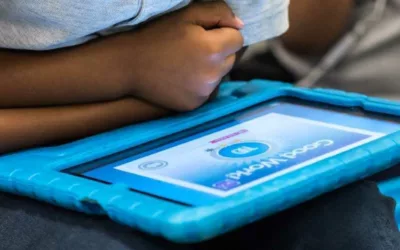

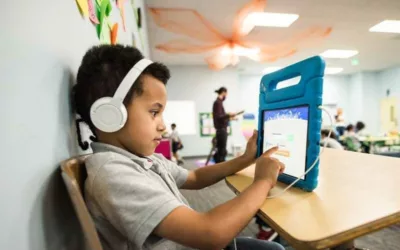


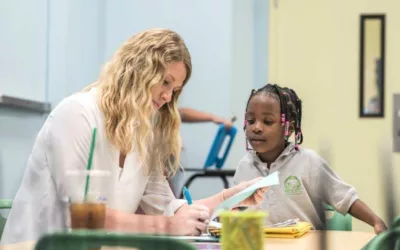
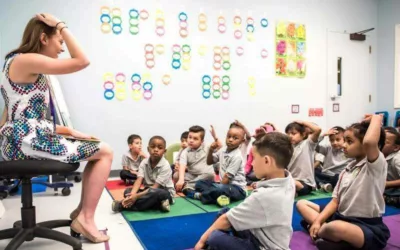

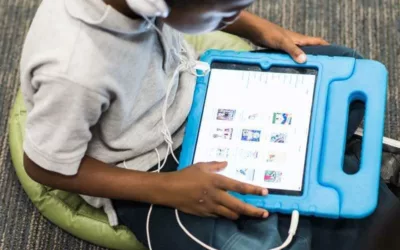

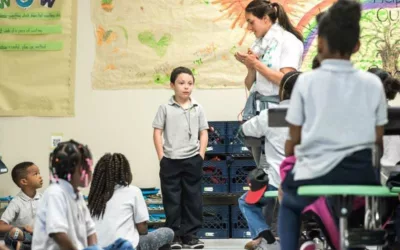
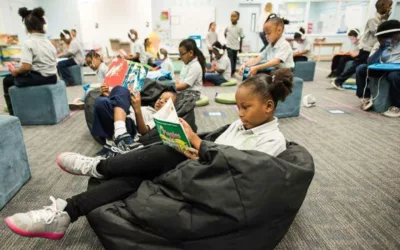
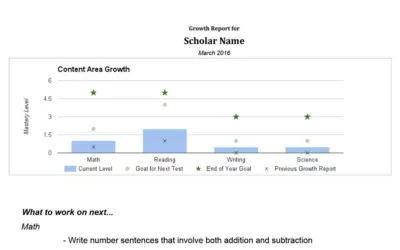
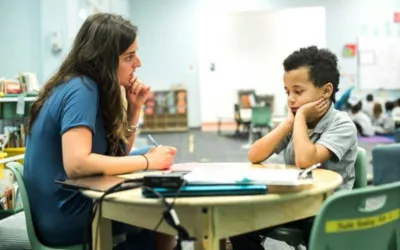


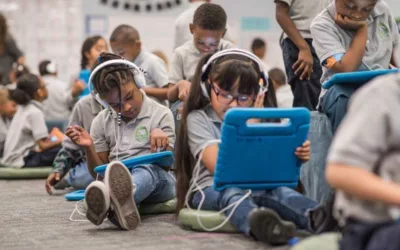
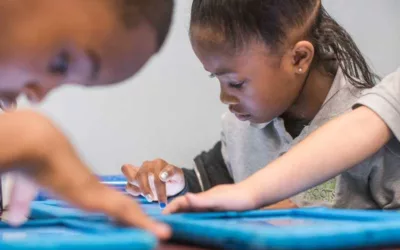
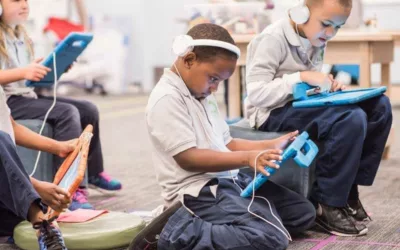
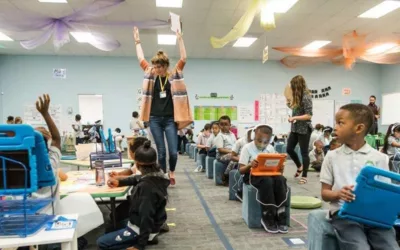
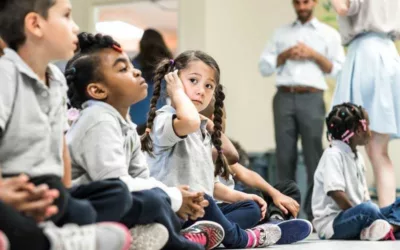
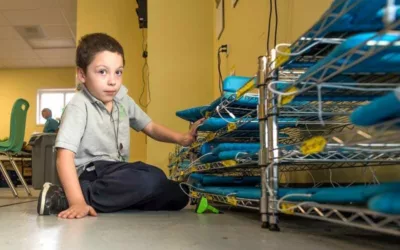
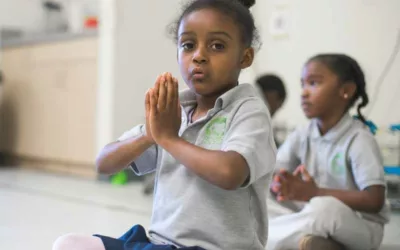
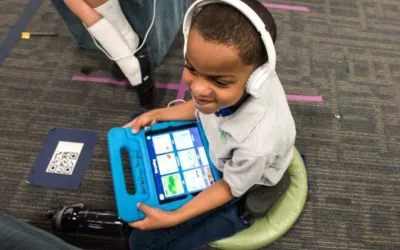
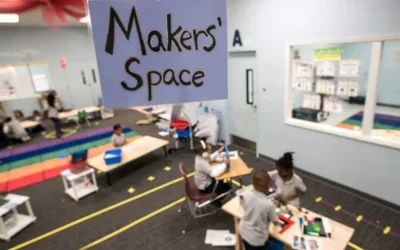






Socially Connected
Goal-setting and planning, Meaningful feedback, Progress monitoring and reporting, Relationship and trust building
One-on-One Conferencing
Providing individual support to students to promote personal growth
Differentiated pathways and materials, Goal-setting and planning, Individual and small-group instruction, Peer learning and collaboration
Heterogeneous and Homogeneous Groups
Differentiated groups to enhance different learning experiences
Differentiated pathways and materials, Goal-setting and planning, Individual and small-group instruction, Peer learning and collaboration, Progress monitoring and reporting
6-8 Week Learning Groups
Periodic benchmark assessments to determine student progress and adjust student learning paths
Differentiated pathways and materials, Goal-setting and planning, Individual and small-group instruction, Peer learning and collaboration, Progress monitoring and reporting
Daily, Weekly, and Long-Term Student Groupings
Employing multiple grouping approaches to meet immediate needs as well as provide stable working teams
Culturally relevant and sustaining, Family engagement and involvement, Relationship and trust building, Self-directed learning
Common Behavior Management Techniques
Using multiple systems to monitor, share, and support student behavior
Peer learning and collaboration, Progress monitoring and reporting
Scheduled Ongoing Large Group Instruction
Large group instruction frequently used to meet common needs and instruct efficiently